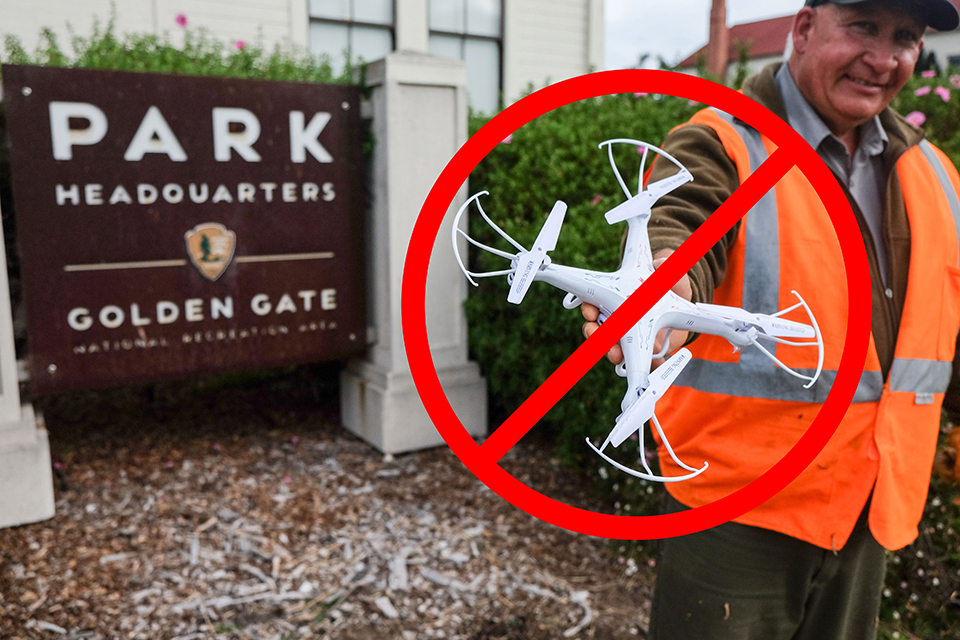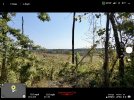I made a suggestion during a recent DJI survey request after a Care Refresh replacement and wanted to canvas folks here with my idea..
I suggested a firmware addition in settings for the pilot to set an alert if you tried to fly lower than a pre-set minimum altitude.. much the same as the Max Alt / Max Dist setting...
It would also offer an override option where you could acknowledge the limit and fly lower or land but you would receive an audible or haptic feedback prior to allowing the drone to descend.. this would prevent an unwanted descent while trying to fly visual where distance might cause some loss of height perspective and the possibility of a crash or loss. (this is not about (downward) obstacle avoidance etc because there are times OA doesn't work like over water and uniform surfaces).
In my own case; I was flying a (long distant but visual) "C" shaped course and had just lost clear vision so started my turn to return to HP but during the turn back I was also unwittingly decreasing throttle but without looking at the screen to see the reducing Alt or the approaching water I was set for disaster.. if there was an alert to "Check Alt" or "Minimum Alt Reached" (the same as Max dist / Alt alert) I would have been pre-warned and averted the crash (splash).. Sure - I could have pressed RTH and waited until the drone appeared in sight but that's not why I fly a drone..
Any thoughts?
Chris
I suggested a firmware addition in settings for the pilot to set an alert if you tried to fly lower than a pre-set minimum altitude.. much the same as the Max Alt / Max Dist setting...
It would also offer an override option where you could acknowledge the limit and fly lower or land but you would receive an audible or haptic feedback prior to allowing the drone to descend.. this would prevent an unwanted descent while trying to fly visual where distance might cause some loss of height perspective and the possibility of a crash or loss. (this is not about (downward) obstacle avoidance etc because there are times OA doesn't work like over water and uniform surfaces).
In my own case; I was flying a (long distant but visual) "C" shaped course and had just lost clear vision so started my turn to return to HP but during the turn back I was also unwittingly decreasing throttle but without looking at the screen to see the reducing Alt or the approaching water I was set for disaster.. if there was an alert to "Check Alt" or "Minimum Alt Reached" (the same as Max dist / Alt alert) I would have been pre-warned and averted the crash (splash).. Sure - I could have pressed RTH and waited until the drone appeared in sight but that's not why I fly a drone..
Any thoughts?
Chris














